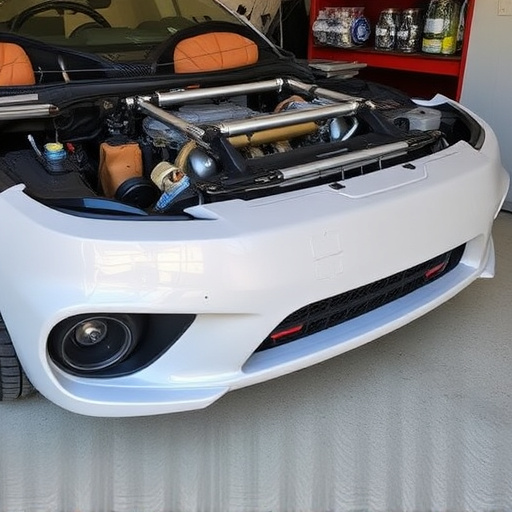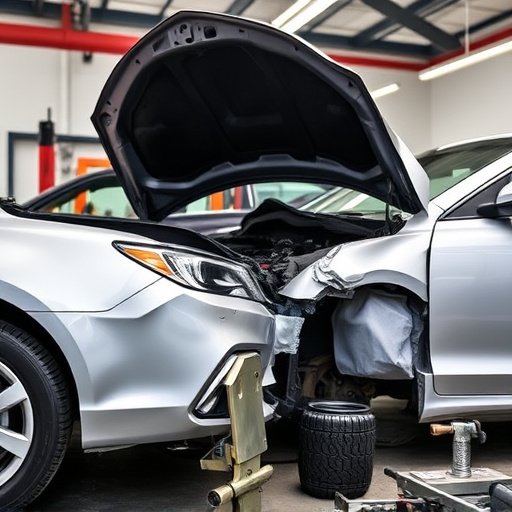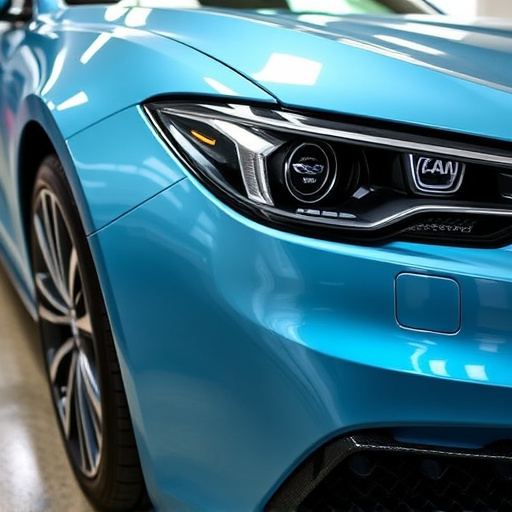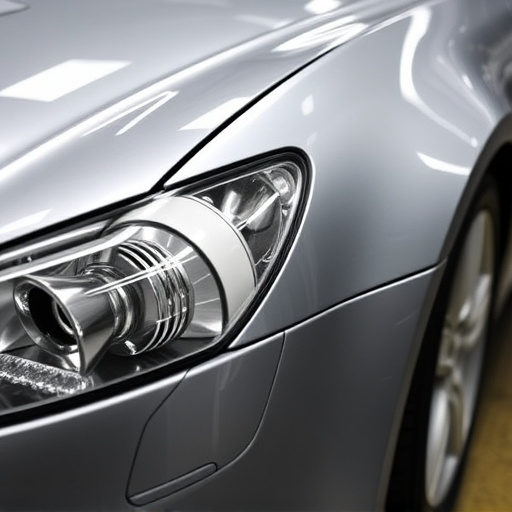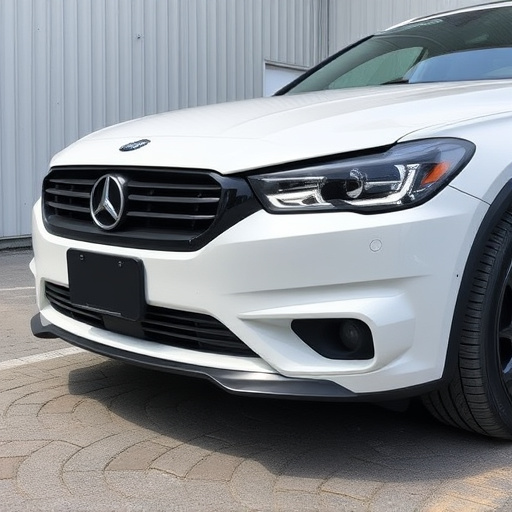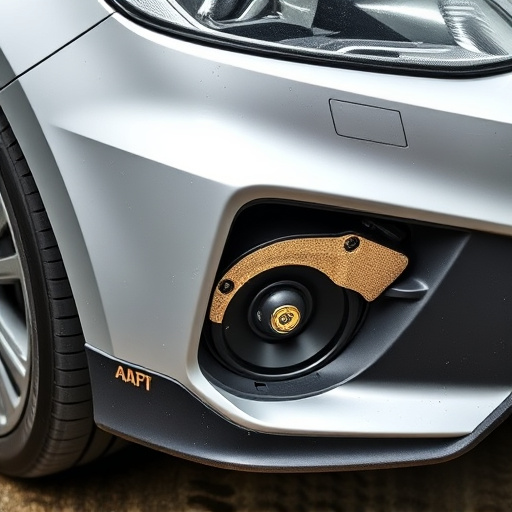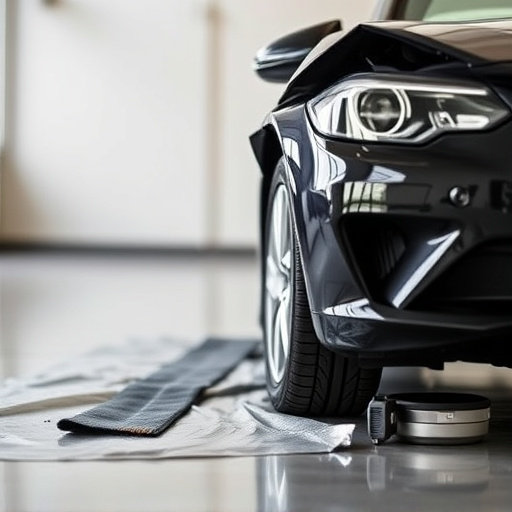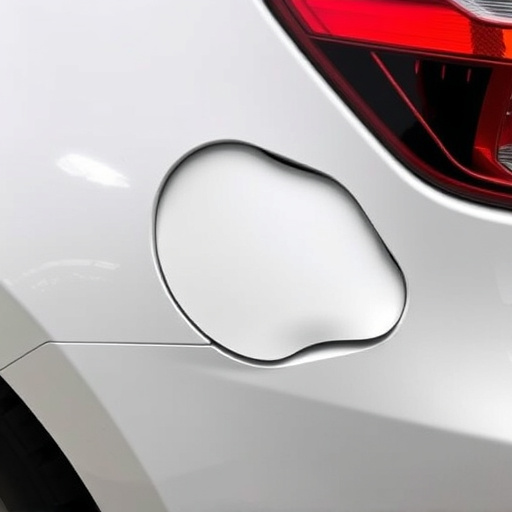Tesla dashcam offers customizable settings for optimal video quality through firmware updates, ensuring clear recordings for personal and professional use. Owners can adjust sensitivity, resolution, and field of view via the intuitive dashboard to capture ideal footage in various driving conditions, from low light to highways. Regular firmware compatibility checks and updates prevent data issues and maintain the dashcam's functionality.
“Unleash the full potential of your Tesla’s onboard camera system with our comprehensive guide. This article delves into the intricacies of Tesla dashcam configuration, offering valuable insights for customization and optimization. From understanding the fundamental dashcam basics to fine-tuning settings, we explore ways to enhance your driving experience. Additionally, we provide essential firmware compatibility tips to ensure your modifications run smoothly. By the end, you’ll be equipped with the knowledge to navigate and personalize your Tesla’s dashcam like a pro.”
Understanding Tesla Dashcam Basics
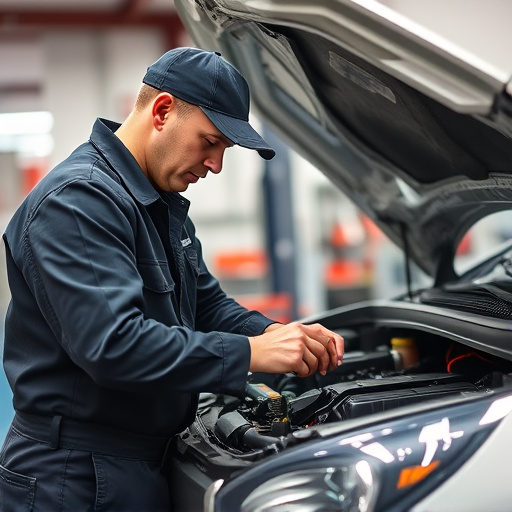
The Tesla dashcam is a sophisticated piece of technology designed to enhance safety and provide valuable recordings for owners and automotive professionals alike. At its core, the dashcam configuration involves understanding how this device captures and stores footage within the vehicle’s infotainment system. Tesla offers users the ability to customize settings, including resolution, recording duration, and storage management, ensuring drivers can tailor their experience to their needs.
By delving into the dashboard camera’s firmware compatibility, owners can optimize its performance and functionality. Regular updates often bring improved image quality, enhanced night vision capabilities, and additional features that cater to the evolving requirements of luxury vehicle repair and car body restoration enthusiasts. Keeping the software up-to-date is a simple yet effective step to ensure your Tesla dashcam operates at its best, providing clear recordings for any automotive body shop or personal use.
Customizing Camera Settings
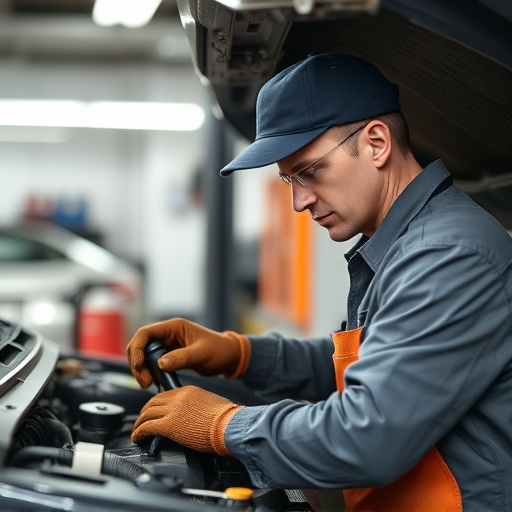
Tesla owners often seek to customize their dashcam settings for optimal performance and clarity. Within the Tesla vehicle’s firmware, users can fine-tune various parameters to enhance video quality, ensuring every detail is captured vividly. Adjusting camera sensitivity, resolution, and field of view allows drivers to tailor the dashcam experience to their preferences and driving conditions. For instance, in challenging weather or low-light environments, reducing exposure time and increasing ISO settings can prevent overexposure, resulting in clearer images.
Moreover, Tesla’s dashboard provides an intuitive interface for configuring these settings, making it easy for users to find the perfect balance. Experimenting with different configurations can be beneficial, especially considering the diverse driving experiences. Whether navigating urban streets or cruising on highways, personalized dashcam settings ensure that every journey is captured with precision, providing invaluable footage in case of accidents or for mere nostalgia purposes, just like how professional photographers adjust their cameras for various scenarios, from vibrant landscapes to bustling cityscapes, even auto body services and dent removal experts rely on clear visuals for accurate assessments.
Ensuring Firmware Compatibility Tips

When configuring your Tesla dashcam, paying attention to firmware compatibility is essential for optimal performance. Ensure that the software version of your dashcam aligns with your vehicle’s model and year. Tesla regularly updates its firmware, offering enhanced features and improved security measures. Keeping your dashcam’s firmware up-to-date ensures you benefit from these advancements and maintains the integrity of your vehicle’s data recording system.
To maintain compatibility, refer to Tesla’s official documentation or consult their customer support for specific guidelines related to your vehicle model. Regular updates can prevent potential issues with data storage, video quality, and even connectivity. Just as regular maintenance is crucial for a car’s overall health (think of it like a fender repair or auto repair service for your vehicle’s electronic systems), keeping your dashcam firmware current plays a vital role in safeguarding your driving experiences and ensuring reliable recordings.
Optimizing your Tesla’s dashcam setup is a key step in enhancing both safety and driving experience. By understanding the basic functions, customizing settings to suit individual needs, and ensuring firmware compatibility, you can fully leverage this powerful tool. Remember, a well-configured Tesla dashcam not only records high-quality footage but also acts as a vital record of your drives, offering peace of mind and potential legal protection.

